The Bold Harbor That Fired the First Shot
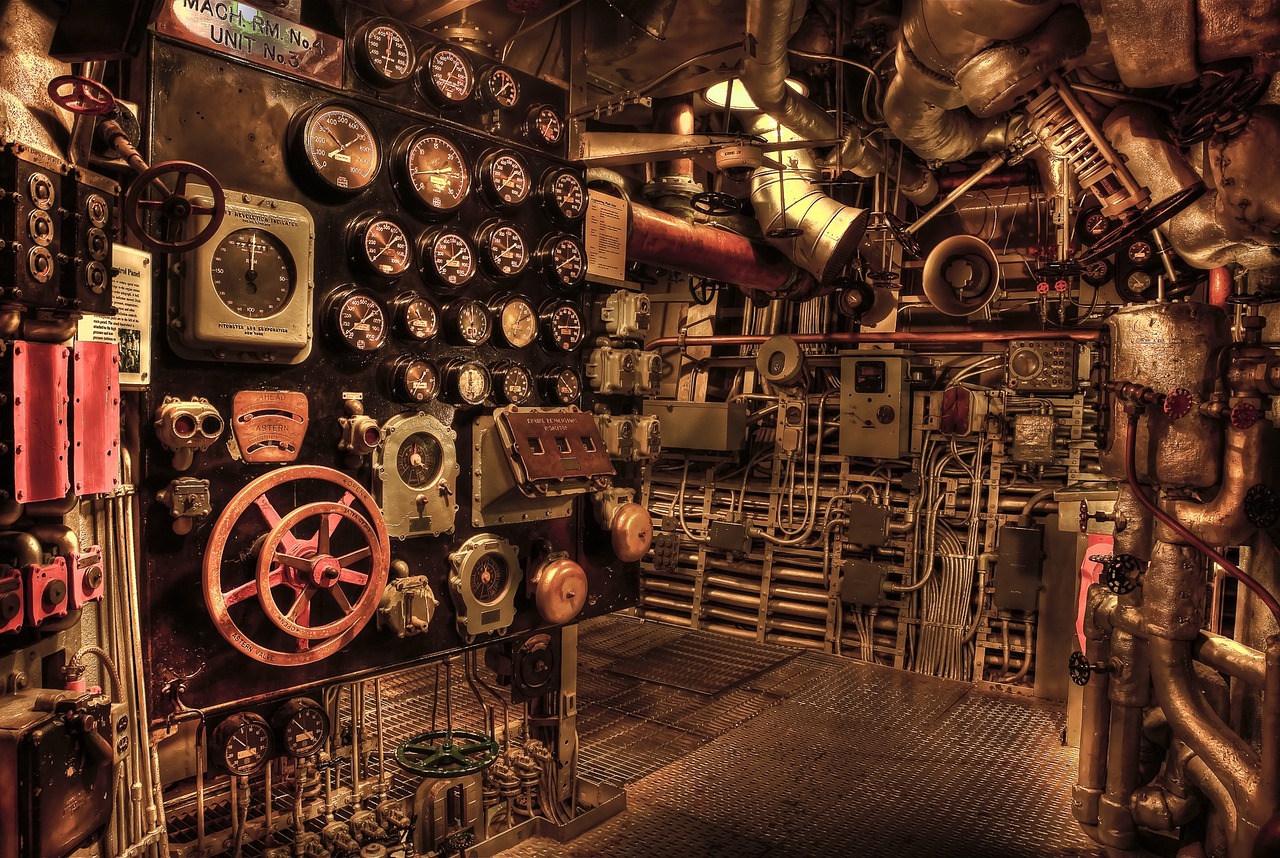
Most people think the Revolutionary War started at Lexington and Concord, but the truth might surprise you. The first naval battle of the American Revolutionary War actually took place in Machias, Maine, on June 11-12, 1775. What makes this even more remarkable is that some of the rebels actually used pitchforks in their effort to seize the British ship Margaretta. This tiny frontier settlement, with its handful of determined residents, managed to capture a British warship and kill its commander – something that would echo through American history. The residents of this remote fishing village didn’t just resist the British Empire; they humiliated it.
When David Met Goliath on the Water
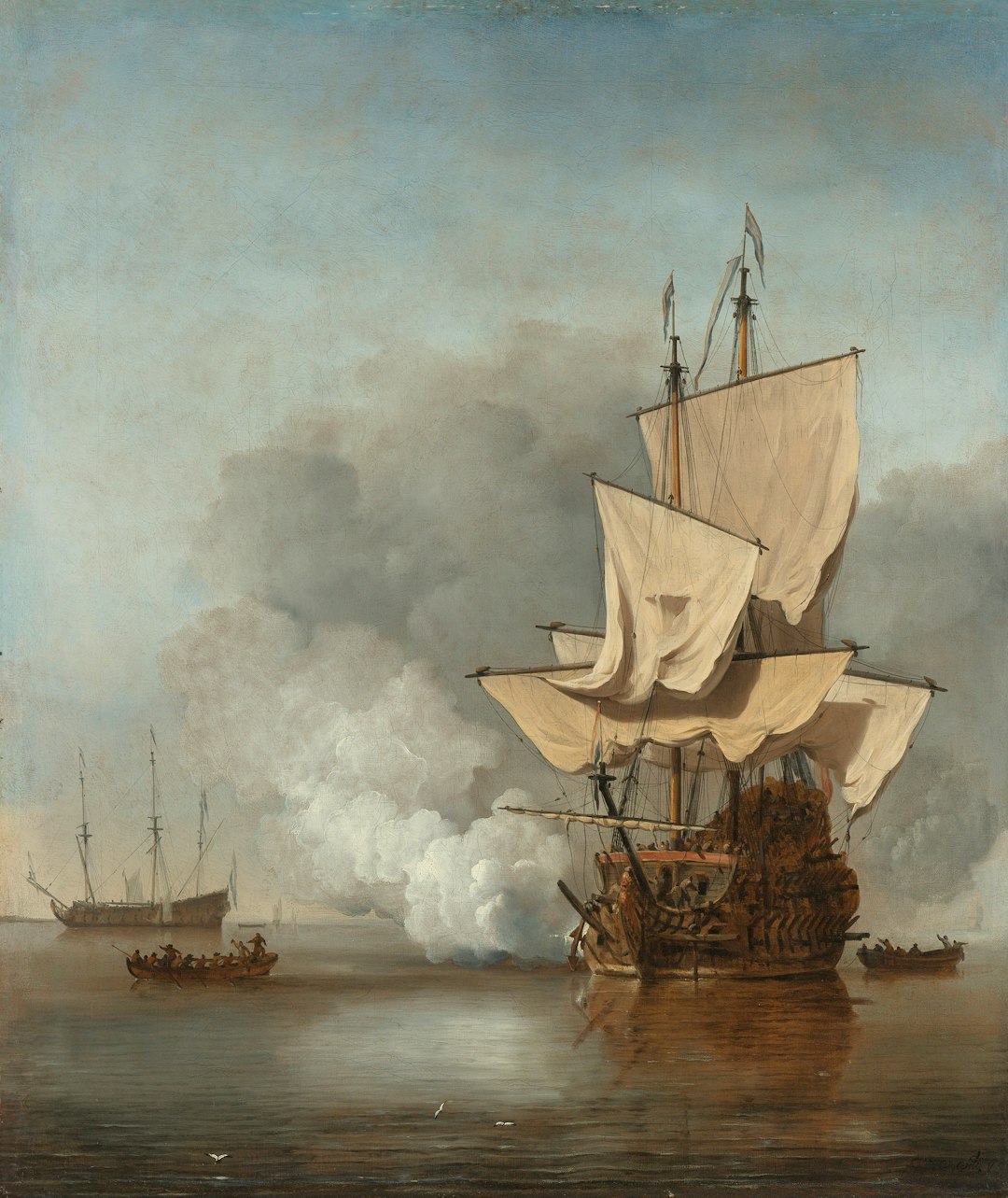
British authorities had enlisted Loyalist merchant Ichabod Jones to supply troops under the Siege of Boston, with two merchant ships arriving in Machias accompanied by HMS Margaretta, commanded by Midshipman James Moore. The townspeople weren’t having any of it. They knew exactly what was happening – the British wanted their lumber to build barracks for occupying forces in Boston. Even the king’s gold and silver they refused to sell them lumber. The British were furious.
The townspeople arrested Jones, but Moore escaped through the harbor. They seized one of Jones’ ships, armed it alongside a second local ship, and sailed out to meet Moore. After a short confrontation, Moore was fatally wounded, and his vessel and crew were captured. Think about that for a moment – farmers and fishermen with makeshift weapons had just defeated the Royal Navy.
The Battle That Changed Everything
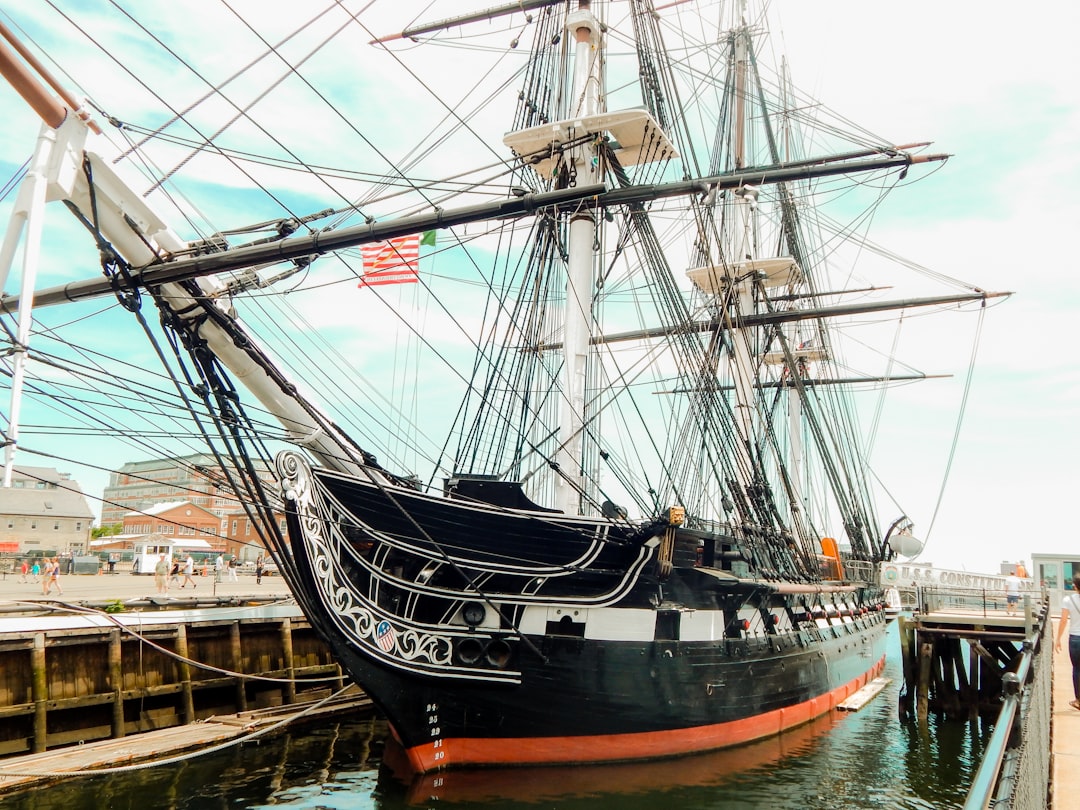
Led by Benjamin Foster and Jeremiah O’Brien, they commandeered the merchant ship Unity and used it to attack the Margaretta. Although armed with only axes, pitchforks, hunting rifles and shovels, the colonists won the battle by ramming the Unity into the Margaretta and storming aboard. It wasn’t just a military victory – it was a psychological one. The Americans killed Lt. Moore, seized a British vessel. Unheard of.
The aftermath proved even more significant. Jeremiah O’Brien immediately outfitted one of the captured vessels with breastwork, armed it with guns taken from Margaretta, and renamed it Machias Liberty. The Provincial Congress formally recognized O’Brien’s efforts by commissioning Machias Liberty into the Massachusetts Navy in August 1775.
The Ripples That Became Waves
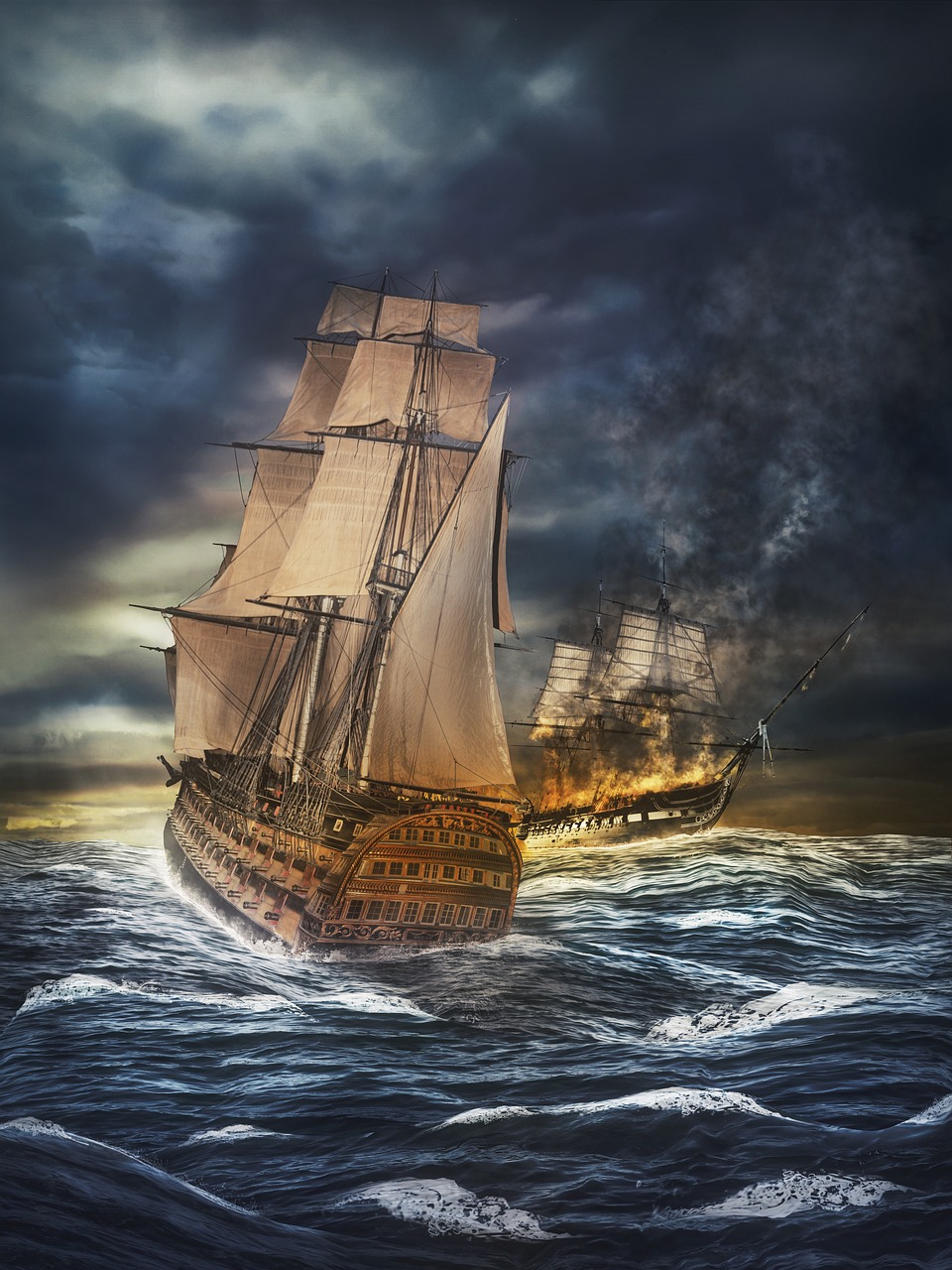
Falmouth, Maine, 200 miles south of Machias, paid dearly for the early victory in Machias Bay: on October 11, 1775 the British bombarded the town and burned eleven American ships at anchor. The British were sending a message – attack our ships, and we’ll burn your towns. But the message backfired spectacularly.
The British naval command was continually frustrated by the use of Machias as a staging point for militia actions in Nova Scotia. Samuel Graves ordered Sir George Collier to destroy Machias in 1777. Graves attempted to subdue Machias multiple times, but had no success. This small Maine town had become such a thorn in the Empire’s side that they kept coming back for more punishment.
From Lumber Town to Liberty’s Beacon
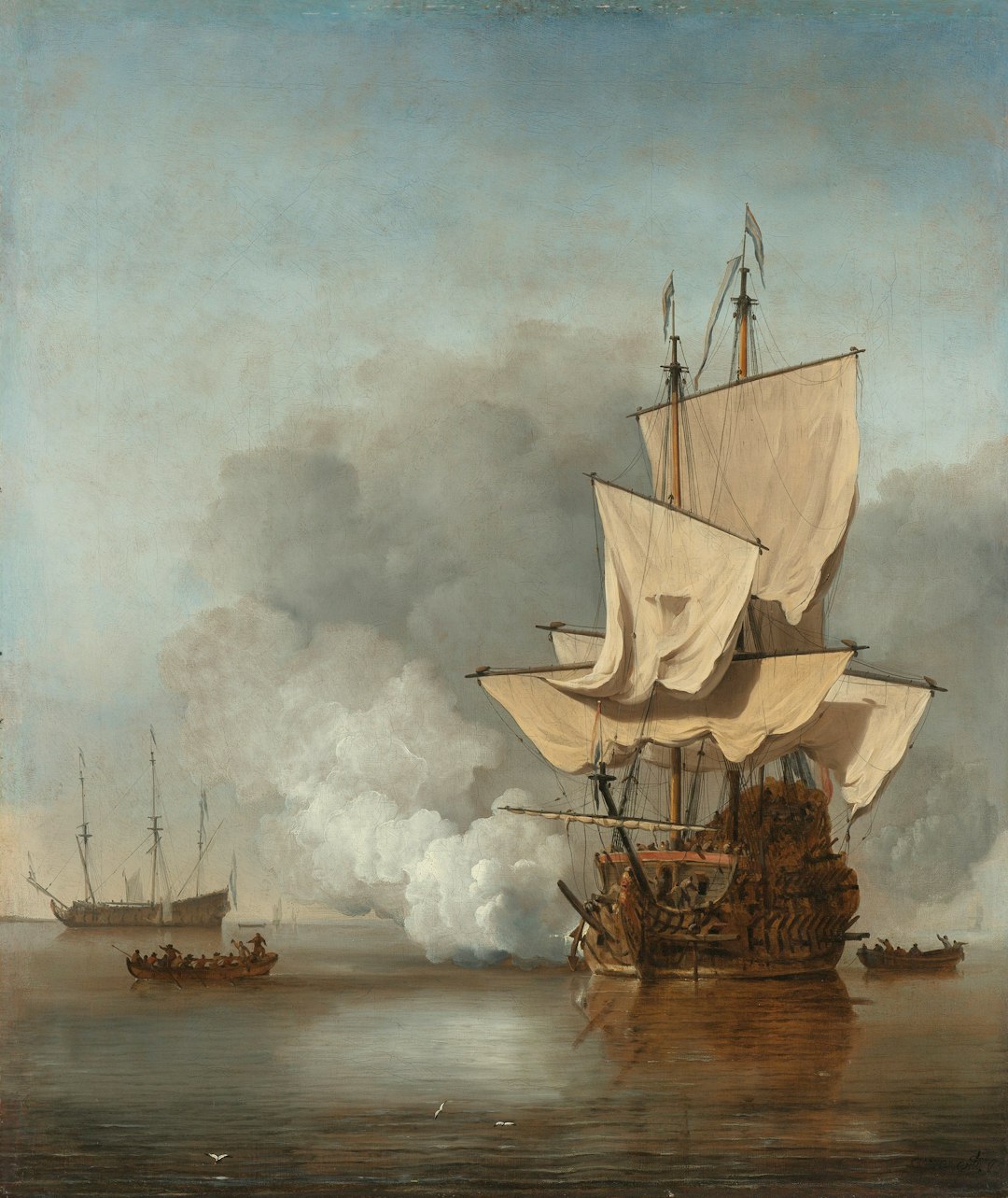
Machias in particular was a center for privateering and Patriot activity. In 1775, it was the site of an early naval engagement led by Jeremiah O’Brien that resulted in the capture of a small Royal Navy vessel, the Margaretta. What started as a dispute over lumber sales transformed into a symbol of American resistance.
Isolated on the Maine coast with virtually no assistance from Massachusetts or the other colonies, the vulnerable and desperate inhabitants of Machias displayed a degree of determination and bravery in just the second naval engagement of the Revolutionary War. They were truly on their own, yet they stood up to the most powerful navy in the world.
The Merchant Prince Who Built a State
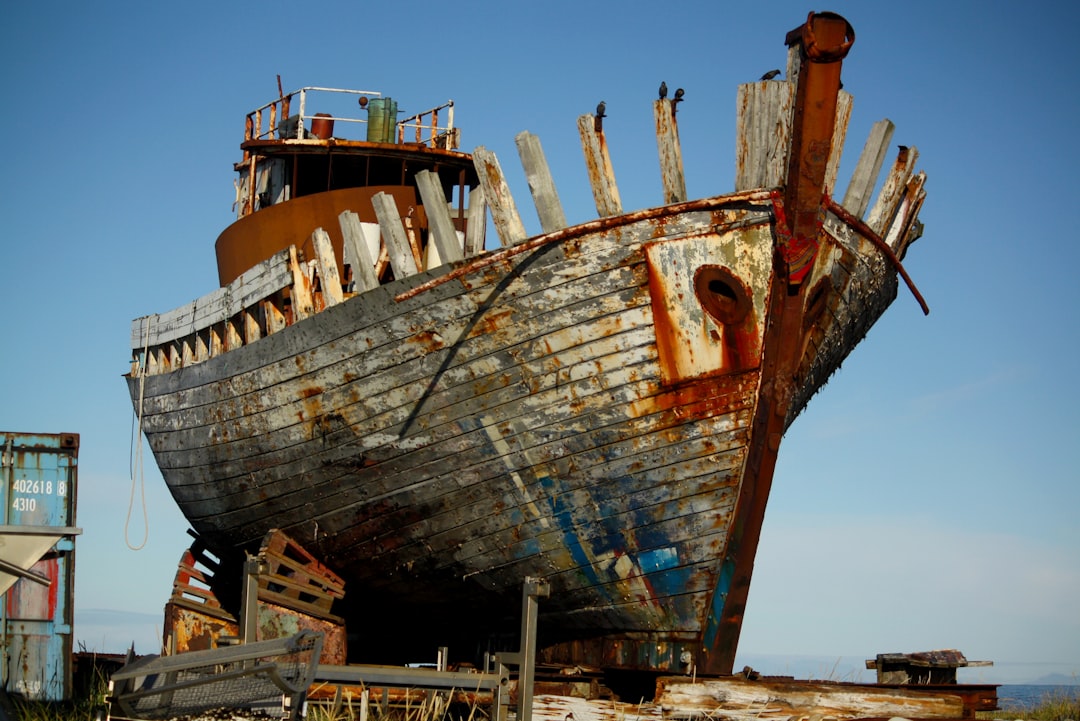
While Machias was making waves with rebellion, another Maine town was quietly building the foundation for statehood. William King was the first governor of Maine, a wealthy business owner and politician who at one point was the wealthiest ship owner in Maine. His base of operations? Bath, Maine – a town that would become synonymous with American shipbuilding.
Around the turn of the 19th century, King moved to Bath and started investing in banks, shipbuilding, and overseas trade. He made a bunch more money, and soon, wags around the District of Maine were calling him “the sultan of Bath”. This wasn’t just about personal wealth – King was building the economic foundation that would make Maine independence possible.
The Shipyard That Supplied a Revolution
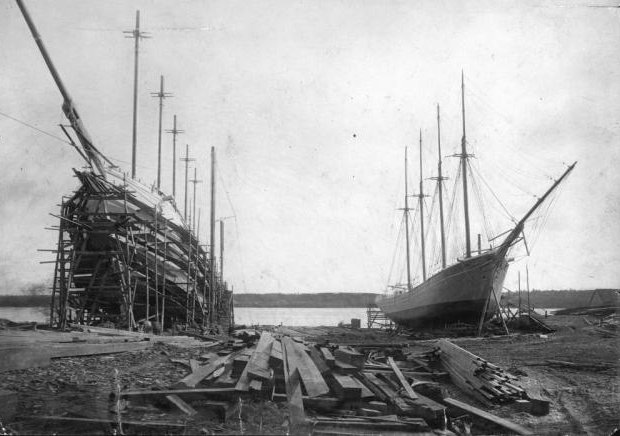
Shipbuilding has been a way of life along the Kennebec River in Bath since 1743 when Jonathan Philbrick launched a schooner. In 1762 the Earl of Bute, the first full-rigged ship built under contract, was launched on the site of present day Bath. But it was during the Revolutionary War that Bath truly proved its worth.
During the Revolutionary War, a small battery on a bluff near the head of Arrowsic Island “repulsed” two armed British vessels in 1780. Even Bath’s defenses were working to protect America’s shipbuilding capacity. King became Bath’s most prominent businessman, partnering in shipbuilding, banking, farming, mercantile shipping and lumbering. He built at least 14 ships and was owner or part owner of more than 35 merchant vessels involved in trade with England, the West Indies and various ports in the United States.
The Constitutional Convention That Changed a Nation
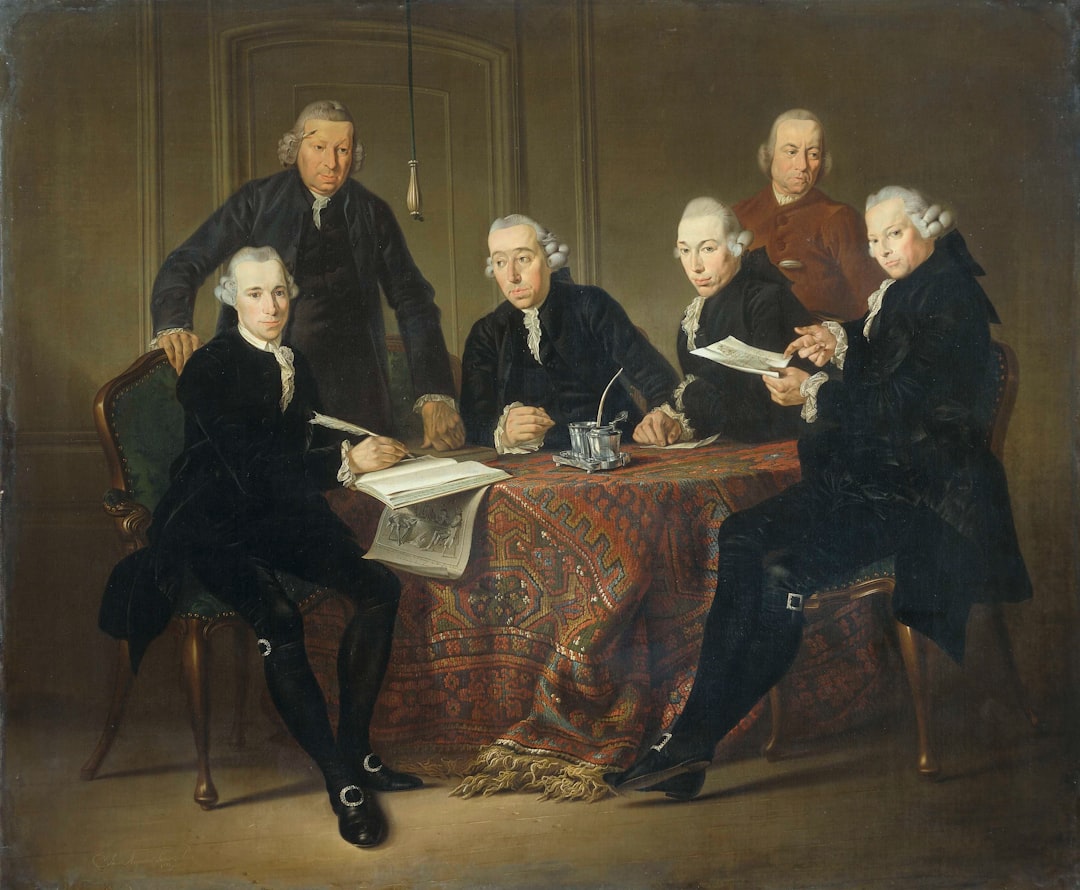
Delegates met for three weeks in October of 1819 in Portland to hammer out a state constitution, a document strongly rooted in political independence, religious freedom and popular control of government. The president of the convention was William King. This wasn’t just about creating another state – it was about creating a new model of American governance.
King was chosen to lead a band of elected delegates at Portland, where they convened on Oct. 11, 1819. King and these men debated and designed the documents of the future Pine Tree State and drafted a state Constitution. On Dec. 6, 1819, the Maine state Constitution was approved and sent to Congress. By March 15, 1820, Maine was given her statehood, and Bath’s William King was elected to serve as the first governor of Maine.
The Missouri Compromise Connection
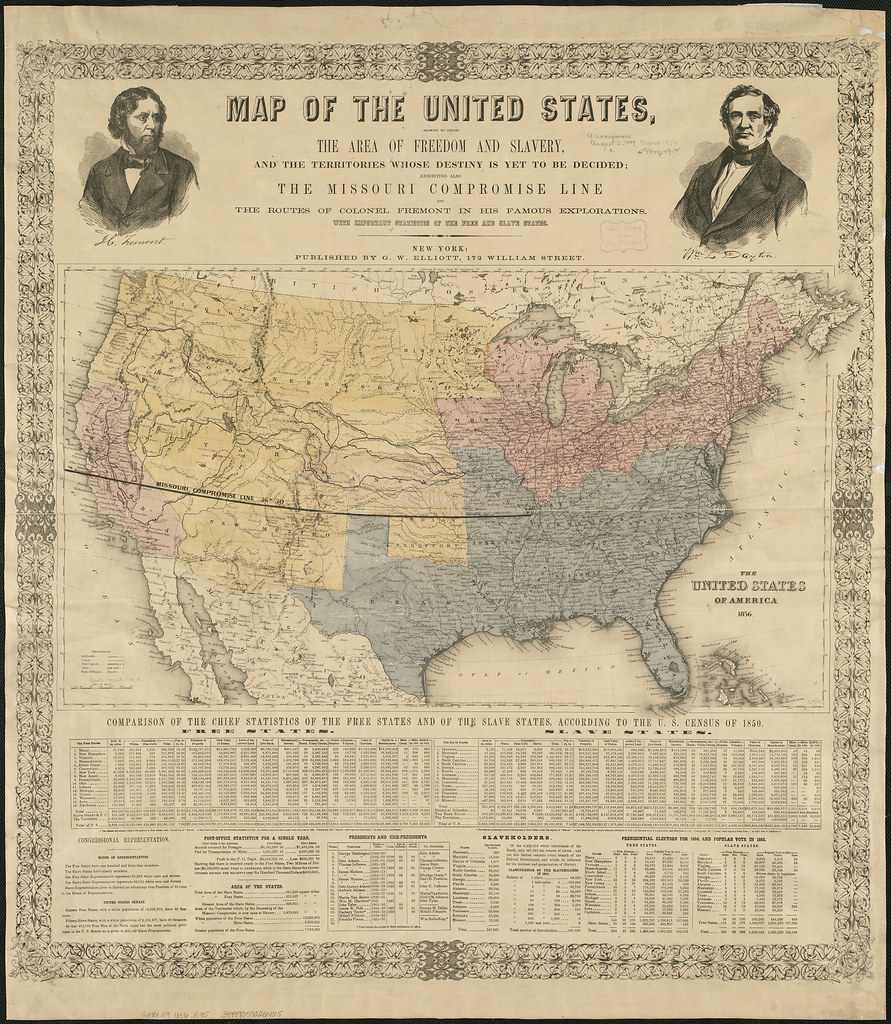
Congress established Maine as the 23rd state under the Missouri Compromise of 1820. This arrangement allowed Maine to join the Union as a free state, with Missouri entering a year later as a slave state, thereby preserving the numerical balance between free and slave states in the nation. Maine wasn’t just becoming a state – it was becoming a crucial piece in America’s struggle over slavery.
The timing couldn’t have been more significant. When the antebellum proposal for the Missouri Compromise of 1820 was begun, the roadmap for Maine statehood was nearly complete. Maine’s entry as a free state helped maintain the delicate balance that would define American politics for the next forty years.
The Industrial Revolution Comes to Maine
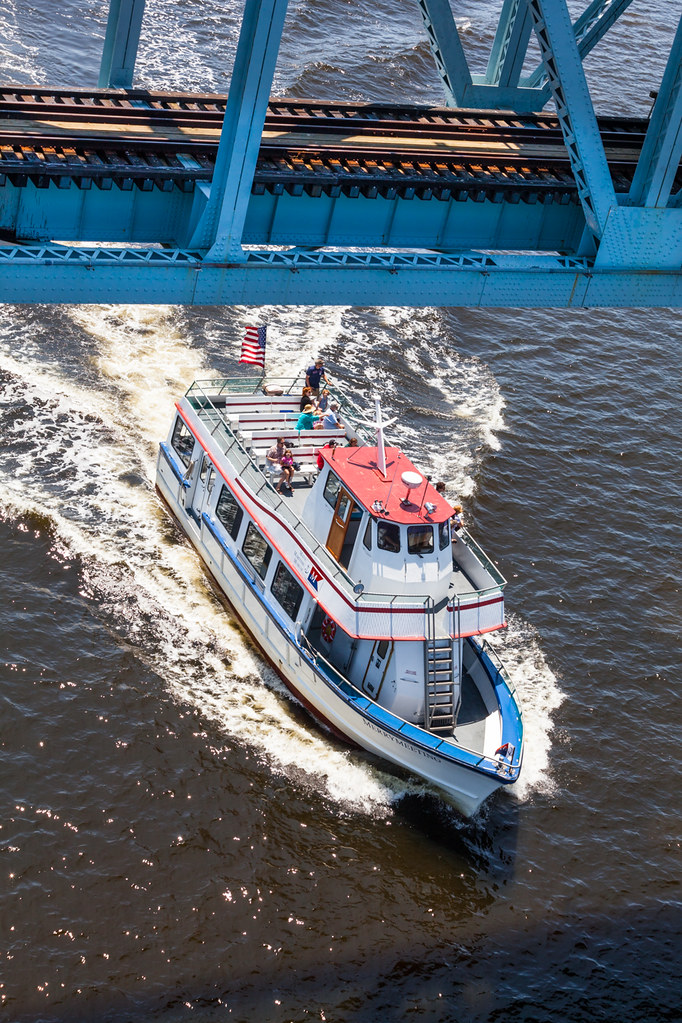
Lumbering created boom towns, such as Bangor, for a time the world’s greatest lumber shipping port. In these flush decades, lumber production shaped Maine’s politics in ways that sometimes hindered further economic growth. But Bath was thinking bigger.
By the 1840’s Bath became one of the leading ports in the United States competing with New York, Boston, Philadelphia and Baltimore in the tonnage of vessels registered here. Bath Iron Works began producing the finest steel hulled ships in the world. This small Maine town was now competing with America’s greatest ports.
The Legacy That Built Modern America
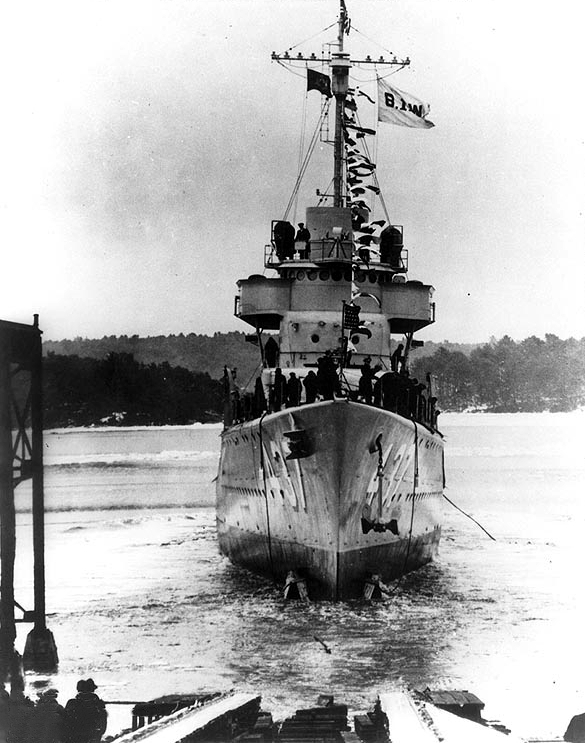
During World War II, Bath Iron Works produced a destroyer every 17 days. It is still the sole commercial shipyard in Bath and continues to build destroyers for the US Navy. It is now the largest public employer in Maine. From Machias’s brave stand against the British to Bath’s industrial might, Maine towns didn’t just participate in American history – they helped write it.
In South Portland, one of the Liberty ships built for World War II was named the SS Jeremiah O’Brien in his honor and used as a communication ship that attacked Normandy. It is the last sailing untouched Liberty ship in the world, birthed in California but still says Portland, Maine on it for its home port. The spirit of that first naval victory in Machias lived on through two world wars.
From Rebellion to Statehood

What connects these Maine towns isn’t just geography – it’s the thread of independence that runs through their DNA. From Machias’s refusal to supply the British with lumber to Bath’s William King leading the charge for statehood, these communities consistently chose freedom over convenience. They understood something that would later define America: sometimes you have to stand up to power, even when the odds seem impossible.
The transformation was remarkable. By this time the population of Maine had reached nearly 300,000. The new state had nine counties and 236 towns. What had started as scattered coastal settlements and inland lumber camps had become a full-fledged state, complete with its own constitution and government.
When you think about it, isn’t it amazing how a few determined people with pitchforks could change the course of a nation? These small Maine towns proved that American independence wasn’t just won on famous battlefields – it was forged in the everyday courage of ordinary people who refused to bow down to an empire.


